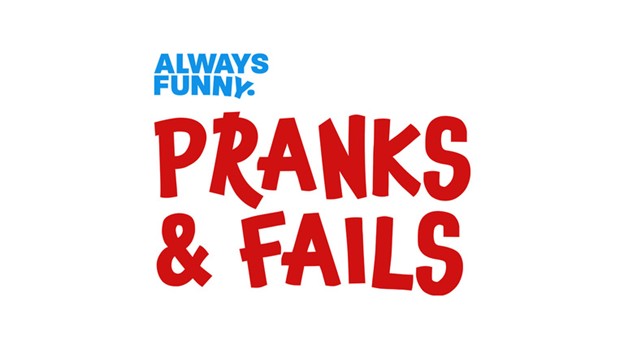The internet is flooded with viral videos of people slipping on ice, falling off skateboards, or getting surprised by an unexpected prank. Whether it’s a classic banana peel slip or an elaborate hidden camera setup, fail videos and pranks have an undeniable appeal. But why do people love watching them? The answer lies in the psychology of humor, human nature, and the sheer unpredictability of these moments.
From classic TV shows like America’s Funniest Home Videos to the endless stream of prank videos on YouTube, the fascination with seeing others’ misfortunes (as long as no one is seriously hurt) has remained consistent. Let’s dive into the reasons behind this obsession and what makes fail compilations so addictive.
The Science Behind Why We Find Fails & Pranks Funny
At its core, humor is often linked to surprise and relief. Psychologists suggest that our brains are wired to recognize patterns and predict outcomes. When something unexpected happens—like someone missing a step and dramatically tumbling down—it disrupts our expectations, leading to laughter.
This reaction is explained by the benign violation theory of humor. It states that we laugh when something violates social or physical norms in a way that isn’t truly threatening. For example, watching someone trip on the sidewalk might be funny, but only if they get up unhurt. If the situation is too tragic, the humor disappears.
In the case of prank videos on YouTube, the humor comes from the unpredictability of the setup and the exaggerated reactions of the prank victims. Whether it’s a harmless scare prank or a staged situation that leaves people baffled, the fun lies in the shock and the relief that follows.
The Appeal of Fail Videos: Why We Can’t Look Away
1. Schadenfreude – The Joy in Others’ Misfortune
One of the biggest psychological reasons people love fail compilations is a concept called schadenfreude, a German word meaning “joy in another’s misfortune.” While it may sound cruel, it’s a natural reaction when we see someone else make a silly mistake—especially when we can relate to it.
It’s not about wishing harm on others but rather experiencing a moment of relief that this time, it’s not us. It’s the same reason people laugh when a friend walks into a glass door—it’s a relatable, human mistake that causes momentary embarrassment but no real harm.
2. The Element of Surprise
A lot of humor is based on unexpected twists. Viral videos of fails capture moments that no one saw coming. A gymnast attempting a perfect flip but landing flat on their face? A skateboard trick that goes hilariously wrong? These moments of unpredictability catch us off guard, triggering laughter almost involuntarily.
Prank videos on YouTube work on a similar principle. Whether it’s a sudden jump scare or an elaborate social experiment, the viewer gets to experience the suspense and payoff without any personal risk.
3. The Universality of Humor
Fail videos and pranks don’t require language. Anyone, anywhere in the world, can watch someone slipping on a wet floor and find it amusing. This universal appeal makes viral videos of pranks and fails some of the most shared content on the internet.
Think about it—sports bloopers, funny home videos, and prank compilations are loved across cultures because they rely on physical humor, not dialogue.
4. The Nostalgia Factor
Many people grew up watching prank shows or funny home videos on TV. Platforms like YouTube and TikTok have just made these moments more accessible. Whether it’s a dad getting scared by a fake spider or a pet reacting hilariously to a prank, these videos tap into a sense of childhood fun.
The Internet’s Obsession with Pranks & Fails
The rise of social media has made pranks and fails more popular than ever. Today, fail compilations on YouTube rack up millions of views. TikTok is full of prank trends that go viral overnight. The demand for this type of content has even given rise to professional prank channels that create elaborate setups just to capture genuine reactions.
However, the rise of staged pranks has also made audiences more skeptical. While classic, spontaneous fails remain beloved, overly scripted or cruel pranks often receive backlash. The key to a great prank or fail video is authenticity—something unexpected and genuinely funny.
Final Thoughts
Watching viral videos of fails and pranks is more than just mindless entertainment—it taps into deep-rooted aspects of human psychology. Whether it’s the thrill of unpredictability, the relatability of clumsy moments, or the universal nature of slapstick humor, these videos provide an instant dose of laughter.
As long as they remain lighthearted and harmless, prank videos on YouTube and fail compilations will continue to dominate the internet. After all, laughter is one of the best stress relievers, and what better way to enjoy it than by watching a perfectly timed, harmless fail?


Leave a Reply